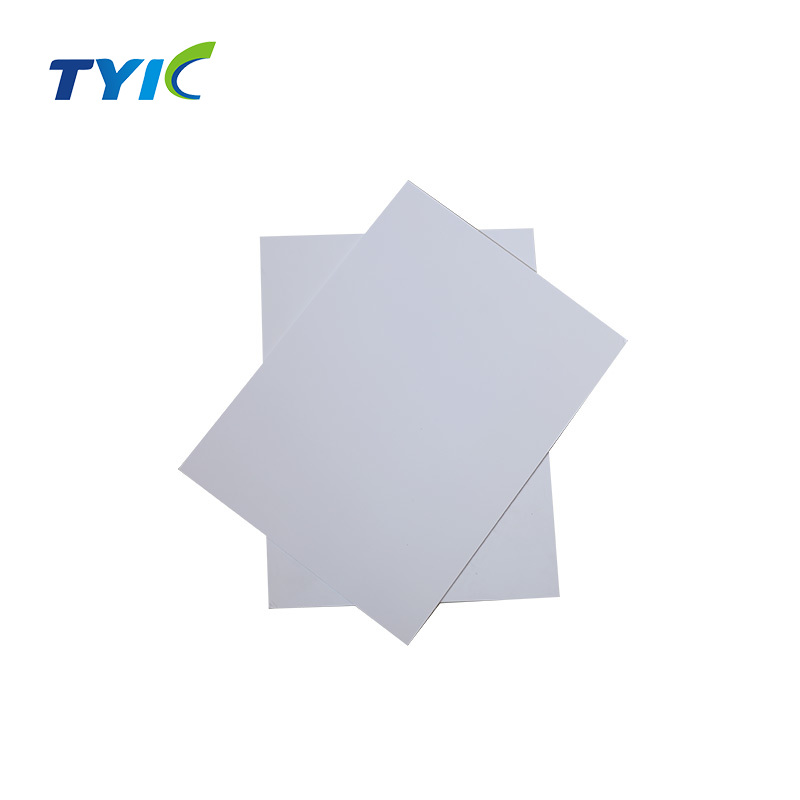The PVC foam sheet market is expected to expand at a rapid pace during the forecast period, thanks to the rise in demand from wind energy. The material is used to support buildings, and in interior design. In addition, the manufacturing process for the product is quite simple and enables quick installation. However, there are several challenges that hamper market growth.
PVC foam sheet is available in a variety of bright colors and thicknesses. Its versatility makes it ideal for a wide variety of projects. This material can be cut, painted, and glued, and it can be engraved or embossed. Moreover, it is resistant to chemicals and does not fade or discolor with time. These properties make PVC sheet a popular choice for many industries.
PVC foam sheets come in various densities, ranging from three to twenty-five pcf (45 kg/m3). They are manufactured by mixing a blend of raw materials in a controlled environment. The mixture is then dispensed into a mould. The mould is then heated, and a solid slab of the material emerges from the press. The cured slabs are then cut to various thicknesses.
PVC foam sheets are moisture-resistant. Because of their molecular structure, they don't swell even when exposed to water. As a result, they absorb less than one percent of water. They are therefore highly durable, lasting between three and four decades without any damage. However, normal wear and tear is inevitable.

